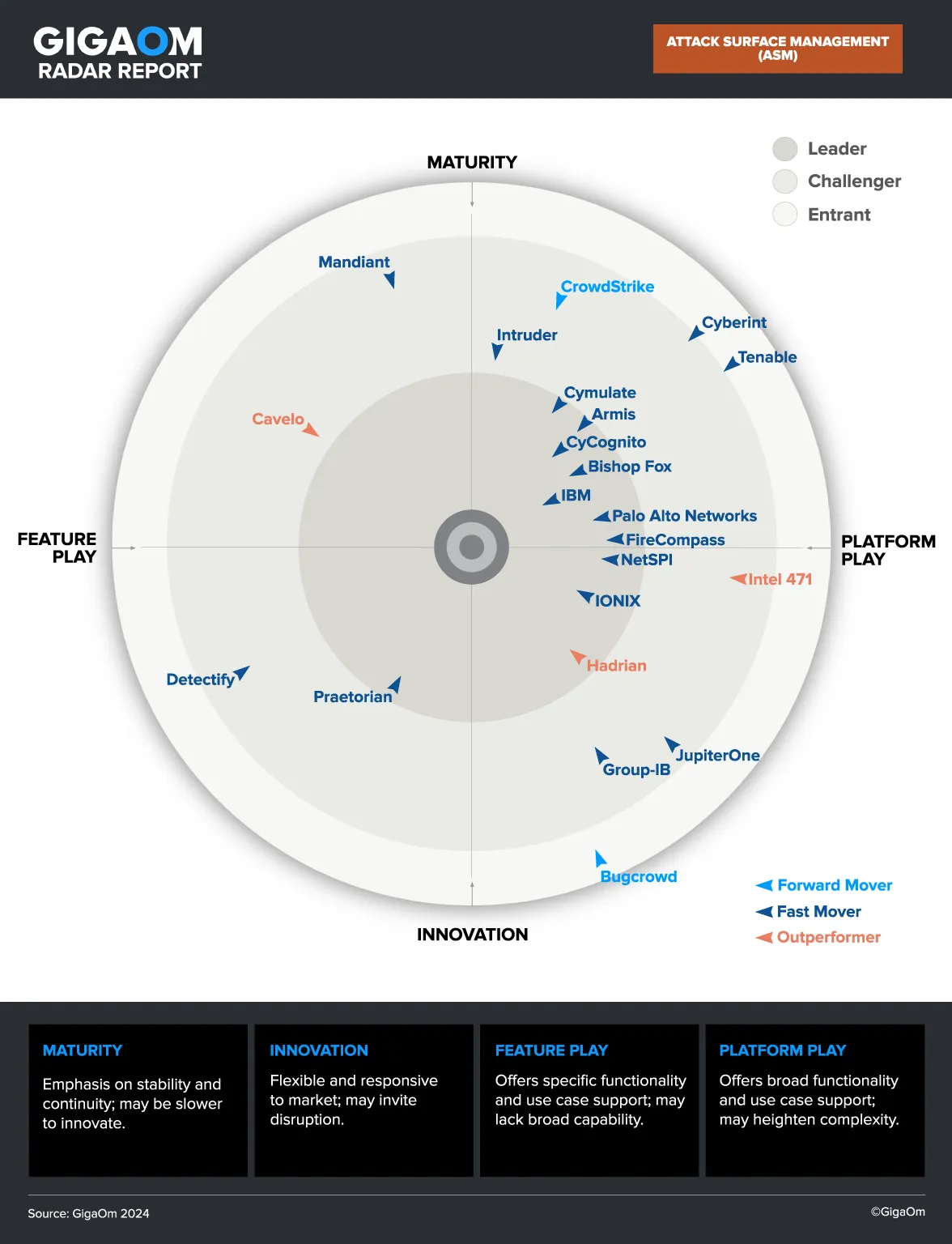What Is Web Application Security?
Web application security is a branch of information security that deals with the security of websites, web applications, and web services. It entails the use of methods and technologies to protect web applications from both external and internal threats. These threats can range from minor disruptions to major data breaches that can cause financial losses and legal or compliance exposure.
A primary goal of web application security is to identify and mitigate the vulnerabilities that can be exploited by malicious actors. These vulnerabilities can exist in various parts of a web application, from the server and network environment to the software itself. They can occur at different stages of an application's lifecycle, from development and testing to deployment and maintenance.
Additional aspects of web application security include protecting an organization’s data, and the data of its users, from being stolen or tampered with, and ensuring that online services run smoothly and reliably without interruption.
Why Is Web Application Security Important?
More and more of our personal and professional lives are conducted online—we shop, we bank, we socialize, and we entertain ourselves on the internet. This means that individuals and organizations share an increasing amount of sensitive data online, including financial information, personal details, and business secrets. If this data is not adequately protected, it can be stolen, tampered with, or even deleted, with attackers only returning access in exchange for a ransom.
In addition, the consequences of a web application security breach can be severe for an organization. A data breach can lead to financial losses, both from the direct theft of funds and from the subsequent loss of trust and reputation. It can result in legal penalties if a company is found to have been negligent in its data protection obligations. And it can lead to operational disruptions if a web application is taken offline or corrupted by a security incident.
Finally, web application security is growing in importance because the threat landscape is constantly evolving. New vulnerabilities are discovered all the time, and new, more sophisticated and more damaging types of attacks are developed by malicious actors. Web application security ensures applications carry out a continuous process of monitoring, updating, and improving their online security posture.
What Are Common Web Application Security Risks?
There are thousands of web application security threats. Below we list a few of the most common, to give you an idea of the types of risks your web application could be facing. For a more comprehensive review of the most impactful web application threats, refer to the OWASP Top 10.
Zero-Day Vulnerabilities
Zero-day vulnerabilities refer to software vulnerabilities that are unknown to those who need to fix them. These vulnerabilities are exploited by attackers before the software vendor becomes aware of them. This gives the attackers the advantage of surprise, making zero-day vulnerabilities particularly dangerous.
By their nature, zero-day vulnerabilities are hard to predict and can cause significant damage. They can lead to data breaches, loss of sensitive information, and unauthorized system access. However, new security technologies have emerged, based on machine learning algorithms, which can detect zero-day attacks even if they don’t match a known attack pattern.
Cross site scripting (XSS)
Cross-site scripting, or XSS, is an attack where malicious scripts are injected into trusted websites. When a user visits the infected website, the malicious script is executed, which can lead to malware infection, identity theft, data theft, and other follow-on attacks.
XSS attacks can be extremely damaging, especially when they target websites that handle sensitive data. The effects of an XSS attack can range from minor annoyances, like pop-up ads, to severe impacts, like stealing users' personal data and credentials.
Cross-Site Request Forgery (CSRF)
Cross-site request forgery, or CSRF, is an attack that tricks the victim into submitting a malicious request. It uses the identity and privileges of the victim to perform an undesired function on their behalf.
CSRF attacks can lead to various security issues, such as unauthorized actions, financial theft, data breaches, and identity theft.
SQL Injection
SQL injection involves the insertion of malicious SQL code into a web application's database query, as a result of failure to sanitize user inputs. If successful, an attacker can manipulate the application's database, leading to unauthorized access, data theft, and corruption.
The impact of a successful SQL injection attack can be devastating. It can lead to the loss of critical data, unauthorized system access, and in severe cases, can result in remote code execution (RCE) and compromise of the database and its host system.
Buffer Overflow
Buffer overflow is a type of vulnerability where a program, while writing data to a buffer, overruns the buffer's boundary and overwrites adjacent memory. This can cause a system to crash or, in many cases, allow the execution of malicious code.
Buffer overflow vulnerabilities can lead to severe security breaches, as they can allow an attacker to gain control over a computer system.
DoS and DDoS attacks
Denial of Service (DoS) and Distributed Denial of Service (DDoS) attacks aim to make a machine or network resource unavailable by overwhelming it with traffic from multiple sources. DDoS attacks leverage large networks of compromised computers, known as botnets, to generate huge volumes of illegitimate traffic.
DoS and DDoS attacks can severely affect an organization's operations, leading to downtime, loss of revenue, and damage to the organization's reputation.
API Abuse
API abuse refers to the malicious use of APIs in ways that the API designers did not intend. This can include actions such as sending too many requests, attempting to bypass authentication, or trying to exploit vulnerabilities in the API.
API abuse can lead to a variety of problems, such as data breaches, system crashes, and unauthorized access. Many organizations offer sensitive data via API interfaces, making API security a critical aspect of modern web application security.
Types of Web Application Security Solutions
Web Application Firewalls (WAFs)
Web Application Firewalls (WAFs) serve as a shield between a web application and the Internet, monitoring all incoming and outgoing traffic. They identify and block potential threats based on a set of predefined security rules. WAFs can protect against a variety of common web attacks, such as SQL injection, cross-site scripting (XSS), and DDoS attacks.
WAFs operate at the application layer, examining the content of each packet of data for malicious code or suspicious activity. They use a variety of techniques, including signature-based detection, anomaly-based detection, and behavioral analysis, to identify threats. By implementing a WAF, organizations can significantly enhance the security of their web applications.
Web Application and API Protection (WAAP)
Web Application and API Protection (WAAP) solutions provide comprehensive security for both web applications and APIs. They combine the capabilities of WAFs, DDoS protection, bot management, and API security into a single solution. WAAP solutions not only protect against common web attacks but also provide advanced threat detection capabilities, using machine learning and behavioral analysis.
APIs have become a critical component of many web applications, allowing them to interact with other applications and services. WAAP solutions provide robust protection for APIs, ensuring that only legitimate requests are processed and preventing common attack vectors.
API Gateways
API gateways serve as a control point for managing how external applications and services interact with your web application. They provide a range of security features, including authentication, rate limiting, and threat detection. By acting as a single entry point for all API traffic, they can effectively prevent unauthorized access and protect against attacks.
API gateways can also enforce security policies, ensuring that all requests comply with the organization's security standards. This includes checking for proper authentication, validating request payloads, and blocking potentially harmful requests.
Bot Management
Bots represent a significant threat to web applications, responsible for a range of malicious activities, from content scraping to credential stuffing attacks. Bot management solutions are designed to distinguish between legitimate users and malicious bots, blocking the latter while allowing the former to access the application.
Bot management uses a variety of techniques to identify and block bots, including IP reputation analysis, behavioral analysis, and device fingerprinting. By implementing a bot management solution, organizations can protect their web applications from bot-related threats and ensure a better user experience for legitimate users.
External Attack Surface Management
External Attack Surface Management (EASM) involves identifying and managing the security risks associated with an organization's publicly exposed digital assets. This process includes discovering, cataloging, and monitoring all external-facing assets, such as websites, web applications, servers, and cloud-based services. The goal of EASM is to gain a comprehensive understanding of the organization's digital footprint and the potential vulnerabilities within it.
EASM tools and practices help organizations detect exposed assets that could be overlooked, such as outdated web applications, unsecured databases, or forgotten digital services. These assets, if not properly managed, can become easy targets for attackers. EASM also involves continuously monitoring the attack surface for changes or unusual activities, which might indicate a potential security threat. By implementing EASM, organizations can proactively address security risks, reduce their attack surface, and strengthen their overall web application security posture.
Learn more about CyCognito’s External Attack Surface Management Platform
Web Application Security Best Practices
Implementing the right security solutions is only part of the equation. Here are a few best practices organizations must consider to ensure comprehensive web application security.
Shifting Security Left
Shifting security left involves integrating security practices into the early stages of the software development lifecycle (SDLC). This approach, also known as DevSecOps, ensures that security considerations are taken into account from the outset, rather than being treated as an afterthought.
By involving security teams from the beginning, potential vulnerabilities can be identified and addressed early on, reducing the risk of a security breach. This also allows for continuous security testing throughout the development process, ensuring that any new changes or additions to the code do not introduce new vulnerabilities.
Data Encryption
Data encryption is a critical component of web application security. It involves converting data into a format that can only be read with the correct decryption key, preventing unauthorized access to sensitive information.
Data should be encrypted both in transit and at rest. This means encrypting data as it is sent between the user's browser and the web application, as well as encrypting data stored on the server. By encrypting data, even if a breach does occur, the attacker will not be able to use the stolen data without the decryption key.
Authentication and Session Management
Authentication and session management are critical aspects of web application security. They ensure that a user's identity is properly verified before granting access to the application and that a user's session remains secure until they log out.
Session management involves creating a unique session ID for each user when they log in, storing this ID securely, and validating it with each subsequent request. This prevents session hijacking, where an attacker gains access to a user's session and impersonates them.
Security Configuration and Patch Management
Maintaining up-to-date security configurations and applying patches promptly are essential practices for securing web applications. This involves configuring the application, the server it runs on, and any associated software or components securely, and keeping these configurations up to date as new versions and patches become available.
Patch management involves regularly checking for and applying updates and patches to the application and its underlying infrastructure. This is crucial, as many security breaches result from exploiting known vulnerabilities that have not been patched. By staying on top of updates and patches, organizations can significantly reduce their risk of a security breach.
Related content: Read our guide to application security testing (coming soon)
Web Application Security with CyCognito
CyCognitog identifies web application security risks through scalable, continuous, and comprehensive active testing that ensures a fortified security posture for all external assets.
The CyCognito platform helps secure web applications by:
- Using payload-based active tests to provide complete visibility into any vulnerability, weakness, or risk in your attack surface.
- Going beyond traditional passive scanning methods and targeting vulnerabilities invisible to traditional port scanne.
- Employing dynamic application security testing (DAST) to effectively identify critical web application issues, including those listed in the OWASP Top 10 and web security testing guid.
- Eliminating gaps in testing coverage, uncovering risks, and reducing complexity and costs. Offering comprehensive visibility into any risks present in the attack surface, extending beyond the limitations of software-version based detection too.
- Continuously testing all exposed assets and ensuring that security vulnerabilities are discovered quickly across the entire attack surface.
- Assessing complex issues like exposed web applications, default logins, vulnerable shared libraries, exposed sensitive data, and misconfigured cloud environments that can’t be evaluated by passive scanni.
CyCognito makes managing web application security simple by identifying and testing these assets automatically, continuously, and at scale using CyCognito’s enterprise-grade testing infrastructure.
Learn more about CyCognito Active Security Testing.



